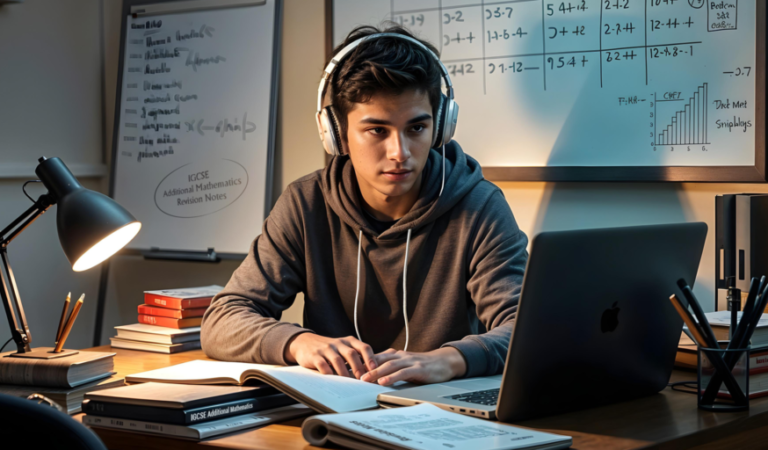
Curiosity in Virtual Learning: Why Aren’t Students Asking More Questions?
Boosting Curiosity in Virtual Classrooms
Curiosity is the driving force behind learning. It pushes us to explore, question, and understand the world around us. In education, asking questions is a critical component of curiosity that leads to deeper understanding and fosters critical thinking. However, the shift to virtual learning has introduced new dynamics that seem to be dampening students’ willingness to ask questions. Why is this happening, and what can be done about it?
1. The Role of Curiosity in Learning
Curiosity is more than just a desire to know; it’s a crucial element of effective learning. When students are curious, they are more likely to engage actively with the material, seek out answers, and retain knowledge better. Asking questions is one of the most direct ways that curiosity manifests itself in the learning process. Whether it’s clarifying a confusing point or delving deeper into a topic, questions are the bridges to understanding.
In traditional classroom settings, students who frequently ask questions often perform better because they are actively involved in the learning process. For instance, a student asking about the practical application of a mathematical formula is not only trying to understand the concept but is also working to integrate it into their broader knowledge base.
2. Barriers to Asking Questions in Virtual Classrooms
Despite the importance of curiosity and questioning, many students ask fewer questions in virtual classrooms. Several factors contribute to this trend.
Lack of Engagement
One of the most significant barriers to questioning in virtual classrooms is the lack of engagement. Unlike physical classrooms, where the energy of the group can be contagious, virtual environments often feel isolated and detached. This can lead to a passive learning environment where students are less likely to engage actively, including asking questions.
Fear of Judgment
Another major barrier is the fear of judgment. In a virtual setting, students may feel more exposed or worry that their questions will be perceived as “silly” by their peers. This fear can be exacerbated by the lack of non-verbal cues, making it harder for students to gauge the reaction of others and feel confident in asking questions.
Technical Challenges
Technology itself can also be a hurdle. Issues such as poor internet connection, unfamiliarity with virtual platforms, or difficulties in using chat features can all contribute to a reluctance to ask questions. When communication is hampered by technical glitches, students may feel it’s not worth the effort to ask a question, particularly if they believe they won’t get a timely response.
Lack of Immediate Feedback
In a traditional classroom, questions are usually answered in real-time, allowing for immediate clarification and follow-up. In virtual settings, however, the delay in response can discourage students from asking questions, as they may feel their concerns will not be addressed promptly or effectively.
3. Encouraging Curiosity in Virtual Learning
To combat these barriers, it’s essential to create an environment that encourages curiosity and makes it easy for students to ask questions.
Creating a Safe Space for Questions
Educators play a crucial role in fostering an open and accepting environment. By encouraging questions and assuring students that there are no “silly” questions, teachers can help reduce the fear of judgment. Creating norms around questioning—such as starting each session with a Q&A segment—can also normalize the practice and make students feel more comfortable participating.
Interactive Tools and Platforms
Using interactive tools like polls, quizzes, and discussion boards can significantly boost engagement. Breakout rooms are particularly effective for smaller group discussions, where students may feel more comfortable asking questions in a less intimidating setting.
Building Confidence
Building students’ confidence is key to encouraging them to ask more questions. Educators can provide tips and strategies for students to overcome their fear of speaking up, such as rehearsing questions in advance or starting with anonymous queries. Peer-to-peer support can also be invaluable, as students often feel more at ease when they know their classmates are facing similar challenges.
Providing Prompt Feedback
Timely feedback is critical in maintaining student engagement and encouraging further questions. Educators should strive to respond to queries as quickly and thoroughly as possible, even in a virtual setting. Consistent communication, whether through email, discussion boards, or live sessions, helps sustain a dynamic learning environment where students feel their curiosity is valued.
Conclusion
Fostering curiosity and encouraging questions in virtual learning environments is crucial for student success. By understanding the barriers that students face and implementing strategies to overcome them, educators can create a more interactive and engaging virtual classroom. In the long run, promoting a culture of questioning will not only enhance learning outcomes but also prepare students to be lifelong learners.
FAQs:
Why is curiosity important in learning?
Curiosity drives deeper understanding and engagement, leading to better retention of knowledge and critical thinking skills.
What are the common barriers to asking questions in virtual classrooms?
Barriers include lack of engagement, fear of judgment, technical challenges, and lack of immediate feedback.
How can I feel more confident about asking questions during online classes?
Practice your questions in advance, start with anonymous queries, and remember that your peers likely have similar concerns.
What can educators do to encourage more questions from students?
Educators can create a safe space for questions, use interactive tools, build students’ confidence, and provide prompt feedback.
How does the lack of immediate feedback in virtual classrooms affect students?
Delayed feedback can discourage students from asking questions, as they may feel their concerns won’t be addressed effectively.
What are some interactive tools that can help engage students in virtual learning?
Tools like polls, quizzes and breakout rooms can boost engagement and encourage questioning.
How can students overcome the fear of judgment when asking questions?
By understanding that there are no “silly” questions and knowing that others likely have similar doubts, students can gain confidence.
Why do students tend to ask fewer questions in virtual settings compared to in-person classes?
Factors such as lack of engagement, fear of judgment, and technical challenges can make students less likely to ask questions.
What role does technology play in students’ hesitation to ask questions?
Technical issues and unfamiliarity with the virtual platform can make it difficult for students to communicate effectively, leading to hesitation.
How can I as a student make the most of virtual learning despite these challenges?
Stay engaged, don’t be afraid to ask questions, use interactive tools, and seek out feedback to enhance your learning experience.
Written by
Tutopiya Team
Educational Expert
Related Articles

What’s Next After A-Levels? Figuring Out Your Next Step
Comprehensive guide and expert insights on educational topics for IGCSE, IB, and international curriculum students.

IGCSE Economics Revision Resources, Past Papers, and More
Master IGCSE Economics with essential revision resources & past papers. Ace your exams with global support. Ideal for IB & A-level students too.

Why Personalized Learning Beats Group Classes for IGCSE
Comprehensive guide and expert insights on educational topics for IGCSE, IB, and international curriculum students.


